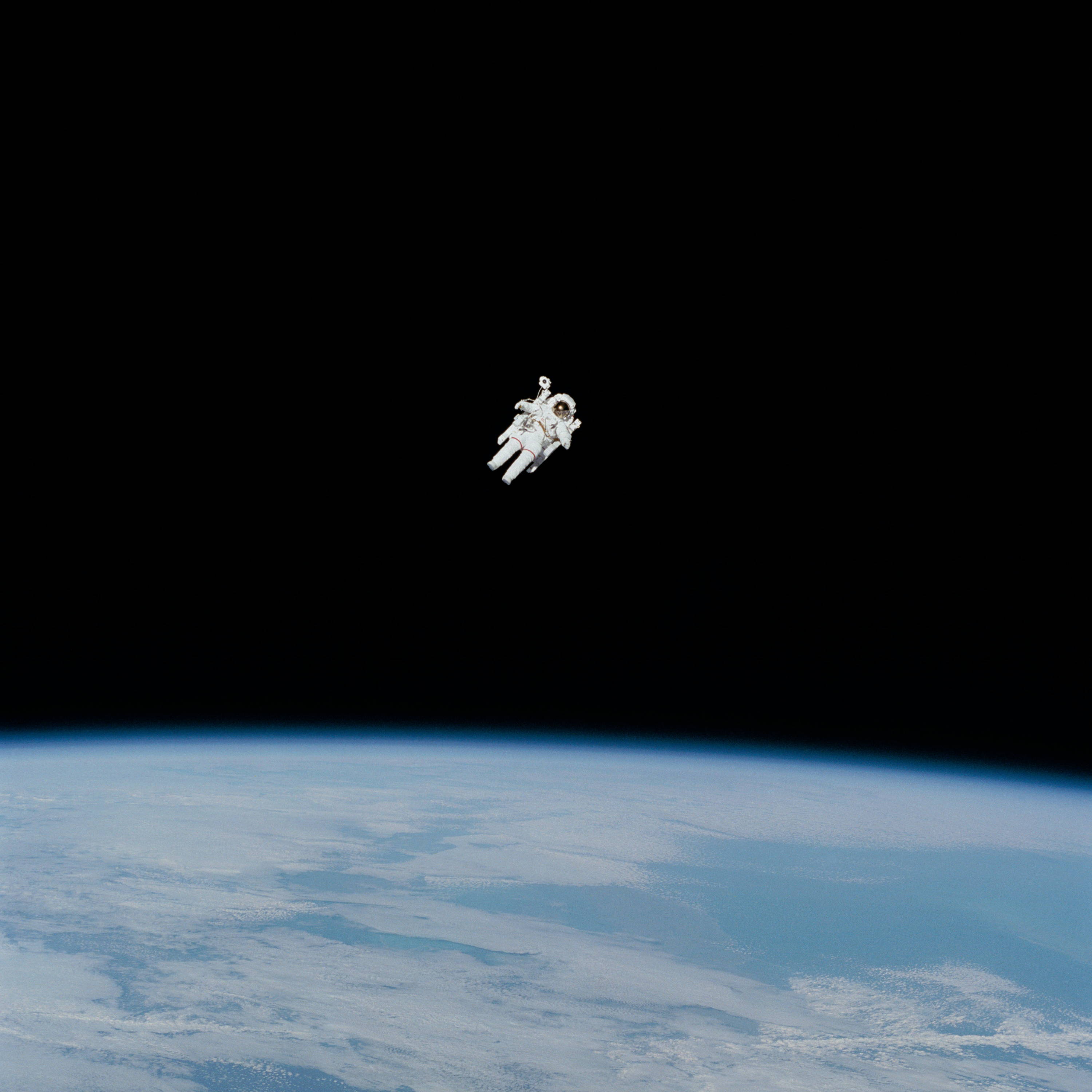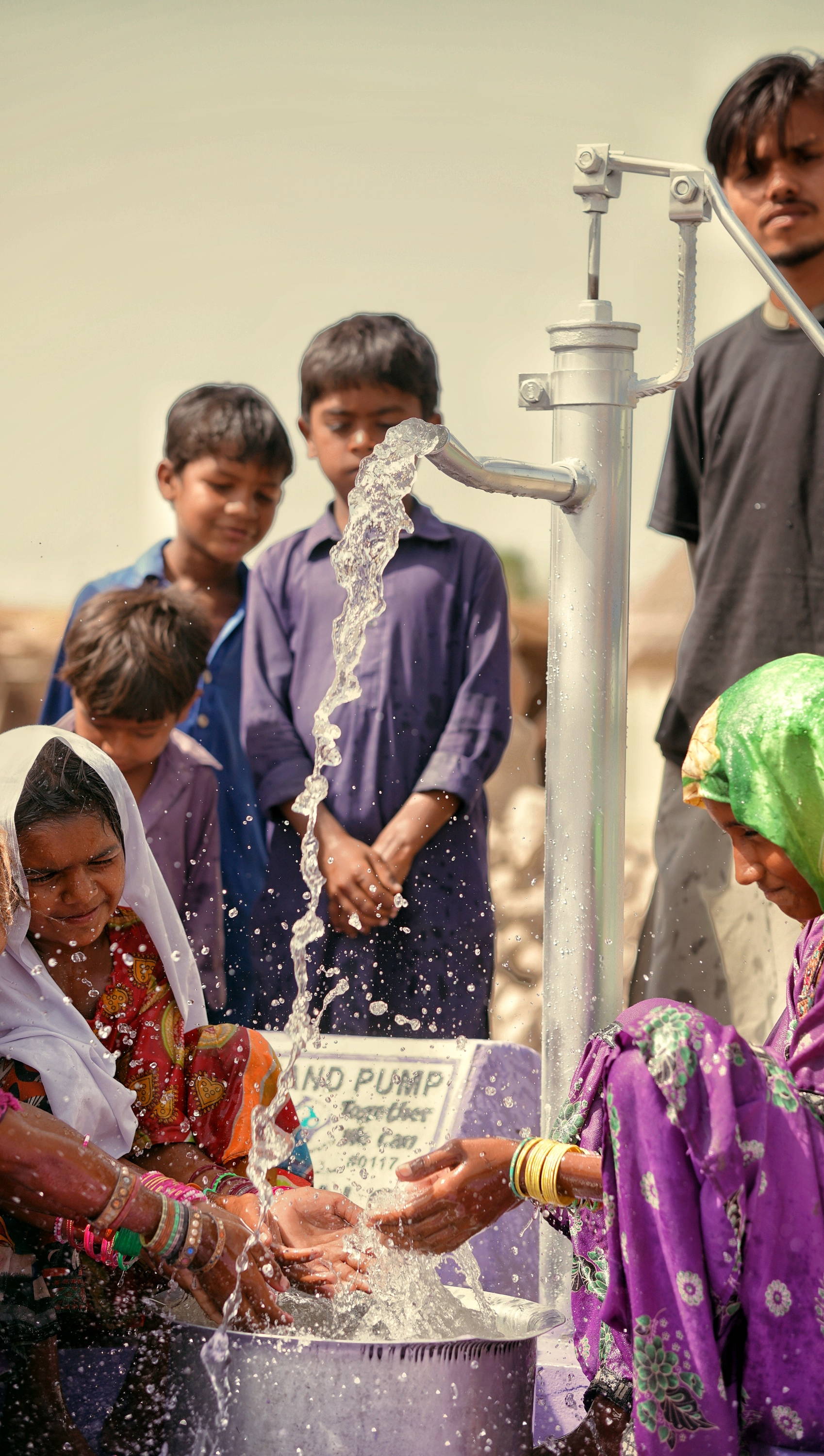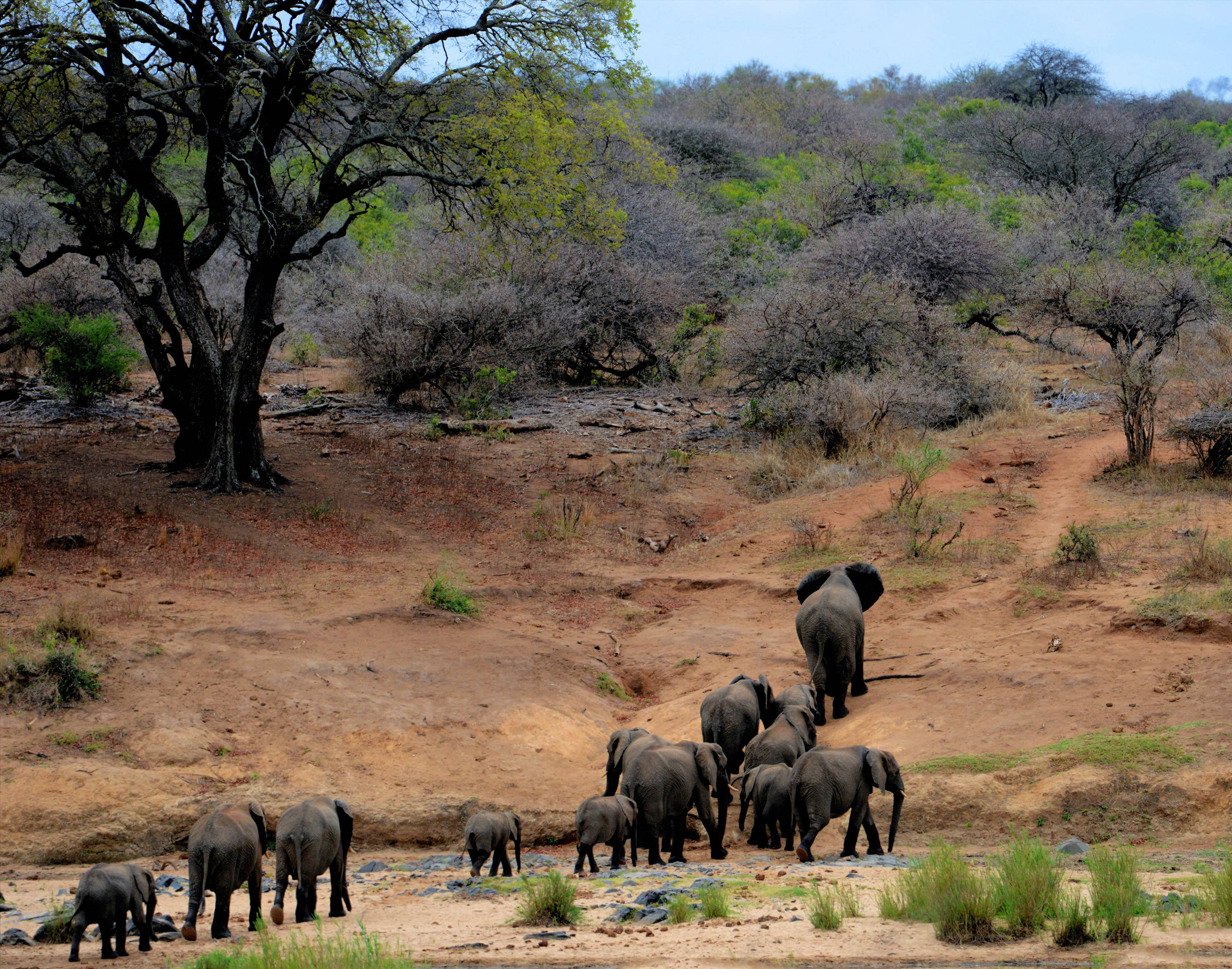
Image: Unsplash
Goal 9: Industry, Innovation and Infrastructure
How Space Science Tackles The SDGs
Space technology is improving our lives and making the world a better place. From climate research to navigation, these industries rely on Space innovation for a better planet
By Jessica jurkschat
20 June 2023
Space exploration isn’t just based on the brazen desire to find new places to live and new sources of wealth. Thanks to the exploration of Space, we can now answer some of the infinite questions about Earth’s origins and our place in the Universe. We might immediately think of endless stars and the cosmos but rarely consider how much it also impacts our lives on Earth. Here’s how Space science is helping make the UN’s 17 Global Goals a reality.
SDG 1: No Poverty

SDG 1 aims to eradicate extreme poverty for all by 2030. This includes implementing appropriate social protection systems and measures for all and building resilient infrastructures that reduce exposure and vulnerability to climate-extreme events and other economic, social and environmental shocks and disasters.
Through Space technology, we can forecast and better prepare for natural disasters and ensure that vulnerable communities are equipped with the support, basic services and emergency response efforts they need.
SDG 2: Zero Hunger
UN SDG 2 is all about creating a world free of hunger by 2030. Sadly, the COVID-19 pandemic pushed the number of people going hungry and suffering from food insecurity to new highs. In addition, the ongoing war in Ukraine has further disrupted global food supply chains and created the largest global food crisis since WW2.
Space technologies are key to improving crop productivity and livestock management through enhanced monitoring and identifying suitable grazing. They’re essential for supporting farmers, fishermen, foresters and policymakers in decision-making processes by helping facilitate timely and effective responses to adverse weather conditions, droughts, floods, desertification and land degradation, vegetation fires and natural disasters.
SDG 3: Good Health and Well-Being
We all deserve access to essential health services. SDG 3 works to ensure healthy lives and promote well-being for everyone. From mental and reproductive health to communicable and non-communicable diseases, the Goal addresses all major health priorities and calls for more research, development, health financing and strengthened capacity of all countries in health risk reduction and management.
Space science supports the Goal through a range of health applications, from studying disease epidemiology and monitoring disease patterns to defining areas that require disease-control planning. Space research and inventions – including asthma inhalers and more efficient cancer treatments – that were originally aimed at protecting astronauts in Space have also provided us with important lessons on Earth: the future of advanced medicine is happening in conjunction with Space exploration.
SDG 4: Quality Education
SDG 4: Quality Education aims to ensure inclusive and equitable quality education and promote lifelong learning opportunities for all. It aims to provide universal access to affordable vocational training and eliminate gender and wealth disparities.
Without Space technologies, we would be without high-speed internet, a crucial element to providing educational resources and remote learning opportunities.
SDG 5: Gender Equality
Women and girls make up just under 50% of the world’s population, and without true equality, we are losing half of the world’s potential. SDG 5: Gender equality is all about empowering women and girls and achieving gender equality.
By making STEM more accessible to all, we can develop career opportunities for women and work to close the gender gap.
SDG 6: Clean Water and Sanitation

Around the world, 2.2 billion people live without safely managed drinking services, and 4.2 billion people do not have safely managed sanitation services, leading to preventable disease and death. SDG 6: Clean Water and Sanitation is all about ensuring the availability and sustainable management of water and sanitation for all. And although huge strides have been made with access to clean drinking water, lack of sanitation is undermining these advances.
NASA is at the forefront of water purification technology. The need to properly filter water for Space explorers prompted NASA to develop a way to efficiently filter water in a simple, portable manner. As a result, affordable, easy-to-use water filtration systems (like the Brita) were designed and are now used worldwide to provide clean drinking water or grow crops in otherwise desolate soil.
SDG 7: Affordable and Clean Energy
Our current reliance on fossil fuels is unsustainable and harmful to the planet, which is why we have to change the way we produce and consume energy. To counter the climate crisis, we need to find affordable, reliable, sustainable and modern energy solutions as quickly as possible.
The idea of building power stations in Space may sound out of this world, but the need to power satellites was a key drier in increasing solar panel efficiency – thus putting the Space industry at the forefront of solar power development.
SDG 8: Decent Work and Economic Growth
Economic growth should be something that we all strive for. But whilst working towards it, we must make sure that financial progress also creates decent jobs that doesn’t harm people or planet. We must protect labour rights and once and for all put a stop to modern slavery and child labour.
We can easily monitor lone workers through Space technology and help establish safe and secure working conditions.
SDG 9: Industry, Innovation and Infrastructure
Space exploration and SDG 9: Industry, Innovation and Infrastructure go hand in hand. It has played a key role in the innovation and advancement of humanity for decades, and as technology continues to evolve, so do the benefits of investing in Space exploration.
SDG 10: Reduced Inequalities

From income and representation to migration and development assistance, SDG 10: Reduced Inequalities aims to reduce inequality within and among countries. Although we’ve made strides towards lifting people out of poverty, the most vulnerable nations – the least developed countries, the landlocked developing countries and small islands – continue to suffer.
Through Space tech, we can help connect remote and isolated areas and ensure that they have reliable access to information. Whilst remote and rural communities have long struggled with access to education, Space-based technologies, including satellite communications and the Internet, are helping to minimise the inequality and allowing educators and students to create virtual classrooms, regardless of their physical location.
SDG 11: Sustainable Cities and Communities
Today, some 56% of the world's population – 4.4 billion inhabitants – live in cities. This number is only expected to rise, with the urban population more than doubling its current size by 2050, at which point an estimated 7 of 10 people will live in cities. Urban areas have allowed us to advance socially and economically, but there are many challenges that come with it and we’re struggling to create jobs and prosperity without straining land and resources and compromising air quality.
Space technologies help us further SDG 11: Sustainable Cities and Communities through the application of Satellite Telecommunications, Earth Observation and the use of the Global Navigation Satellite Systems. From smart waste management systems to air quality monitoring and disaster management, these technologies allow us to plan smarter and improve urban planning.
SDG 12: Responsible Consumption and Production
Unsustainable patterns of production and consumption are the root cause of some of our most challenging issues on Earth: climate change, biodiversity loss AND pollution. SDG 12: is all about ensuring sustainable consumption and production patters, which is key to sustain the livelihoods of current and future generations to come. It covers both the efficiency in use and management of natural resources and environmental impacts such as waste management.
Thanks to Space technology we are able to do more, and do better with less. Space technologies can assist us with the management of our natural resources and helping track lifecycles of food and dangerous goods.
SDG 13: Climate Action
There’s no denying that we are in a climate crisis. The climate crisis is happening quicker than we could have ever imagined, but luckily, we are far from powerless from its threat. SDG 13: Climate Action is all about taking urgent action to combat climate change and its impacts.
Space organisations have hundreds of satellites orbiting Earth, watching the oceans, land, ice, atmosphere and biosphere. These satellites are responsible for collecting data on our planet’s climate system – including accurate measurements of sea and land surface temperatures – and providing crucial data that helps us understand and tackle the ongoing climate crisis.
SDG 14: Life Below Water
SDG 14: Life Below Water is all about conserving and sustainably using the oceans, seas and marine resources. Our oceans make up 70% of the planet, and no matter how near or far we are from the water, saving our oceans must remain a priority. Healthy oceans and seas are essential to our existence as we rely on them for as sources of food, energy, water, and jobs, as well as helping to regulate the weather.
Through the use of Space satellites and technology, we can map and monitor natural and protected areas, as well as use climate change monitoring to track water temperatures. Space satellites can also help identify algal blooms so they can be prevented and controlled before they wreak havoc on our ecosystems.
SDG 15: Life on Land

Every year, 10 million hectares of forests are destroyed – and 90% of that is due to global deforestation. For wildlife to be restored and to thrive, we must prioritise advocating for SDG 15: Life on Land. Preserving our wildlife requires targeted efforts to protect, restore and promote the conservation and sustainable use of terrestrial ecosystems, sustainably manage forests, combat desertification and halt reverse land degradation and biodiversity loss.
Thanks to the help of tiny, thumbnail-sized mini transmitter, satellites on the ISS will be able to record the animals’ precise geographic locations, temperature and direction of travel. This helps us understand how, where, when and why animals travel such long distances.
SDG 16: Peace, Justice and Strong Institutions
Peace is essential. Without peace, we do not have human rights. SDG 16: Peace, Justice and Strong Institutions is all about promoting peaceful and inclusive socities for sustainable development, providing access to justice for all and building effective, accountable and inclusive institutions at all levels. Many of us are lucky to live in regions with sustained levels of peace and security, but we can’t forget the countless number of people who wake up every day in fear of armed conflict and violence.
Space technologies are pivotal for conflict monitoring, enforcing legislation and providing access to accurate, reliable information.
SDG 17: Partnerships for the Goals
To achieve the 17 Global Goals, it’s critical that we all work together. SDG 17: Partnerships for the Goals is debatedly the most important SDG of them all. It calls for a global partnership for sustainable development. It highlights the importance of macroeconomic stability and mobilising financial resources for developing countries and stresses the importance of trade and equitable rules for governing it. These partnerships prioritise people and planet, and ensure that they are at the centre of global, regional, national and local levels.
Space technologies enable international cooperation initiatives, the exchange of data and information and sharing of infrastructure and exchange of technical know-how.
100% of profits from the sales of #TOGETHER products go to charities that advance the Sustainable Development Goals. Find out more here.